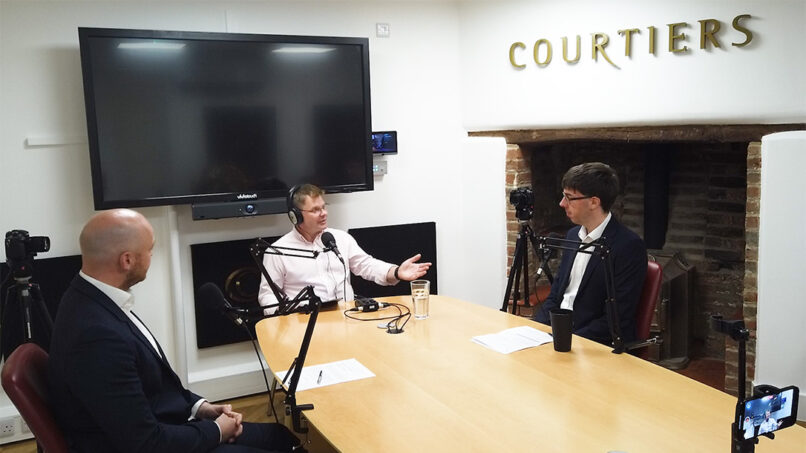Markets continued to wobble in August, reflecting ongoing macroeconomic uncertainty.
The month began with credit rating agency Fitch downgrading the US’s debt from AAA to AA+, following on from the US narrowly avoiding a debt default earlier in the year. The market reaction to this downgrade was considerably muted compared to that which followed the similar downgrade applied by S&P in 2011. However global equity markets fell throughout the month, with Chinese stocks leading the decline following poor economic data including much weaker than expected retail sales.
In the UK, inflation continued to fall from last year’s highs. The consumer prices index declined from 7.9% to 6.8%, its lowest level since February last year. Meanwhile the Bank of England increased interest rates for the fourteenth time, although the 0.25% hike was on the lower side of expectations due to promising inflation data from the previous month. Also promising for the UK was better than expected economy growth, with data from the ONS showing a 0.5% increase in GDP during June compared to expectations of 0.1%.
Full round-up of August market performance
In the UK, the FTSE 100 index fell 2.50% while medium and smaller companies, measured by the FTSE 250 ex IT index and the FTSE Small Cap ex IT index respectively, declined 2.62% and 2.37%. In the US, the S&P 500 USD index slipped 1.59% while in Europe the Eurostoxx 50 EUR index lost 3.82%. Japanese stocks measured by the Topix JPY index gained 0.43%.
Emerging markets returns were also mostly negative, with the MSCI Emerging Markets index declining 4.65% in local currency terms. Chinese stocks measured by the MSCI China CNY index tumbled 8.30% while Indian stocks measured by the Nifty 50 INR index fell 2.53% and Latin American equities, measured by the MSCI Latin America local currency index, conceded 4.61%.
In the fixed income market, UK government bonds, measured by the FTSE Gilts All Stocks index, dropped 0.44% with long-dated (over 15 years to maturity) gilts losing 1.91%. Sterling denominated corporate bonds, measured by the Markit iBoxx Sterling Corporates index, slipped 0.12%. In the high yield market, the Bank of America Merrill Lynch Sterling High Yield index returned 0.30%.
In the commodities market, the S&P GSCI USD index, which consists of a basket of commodities including oil, metals and agricultural items, picked up 0.60%. Crude oil futures continued to rise as they increased 2.24% during the month. However returns were negative in the agricultural markets, with corn and wheat futures shedding 8.53% and 13.93% in USD respectively. The precious metals markets also saw negative returns with the S&P GSCI Gold and Silver indices declining 1.70% and 1.67% in USD respectively.
In the currency markets, it was a mixed month for the pound as it depreciated 1.26% versus the US dollar but gained 0.15% against the euro and 1.00% versus the yen.













